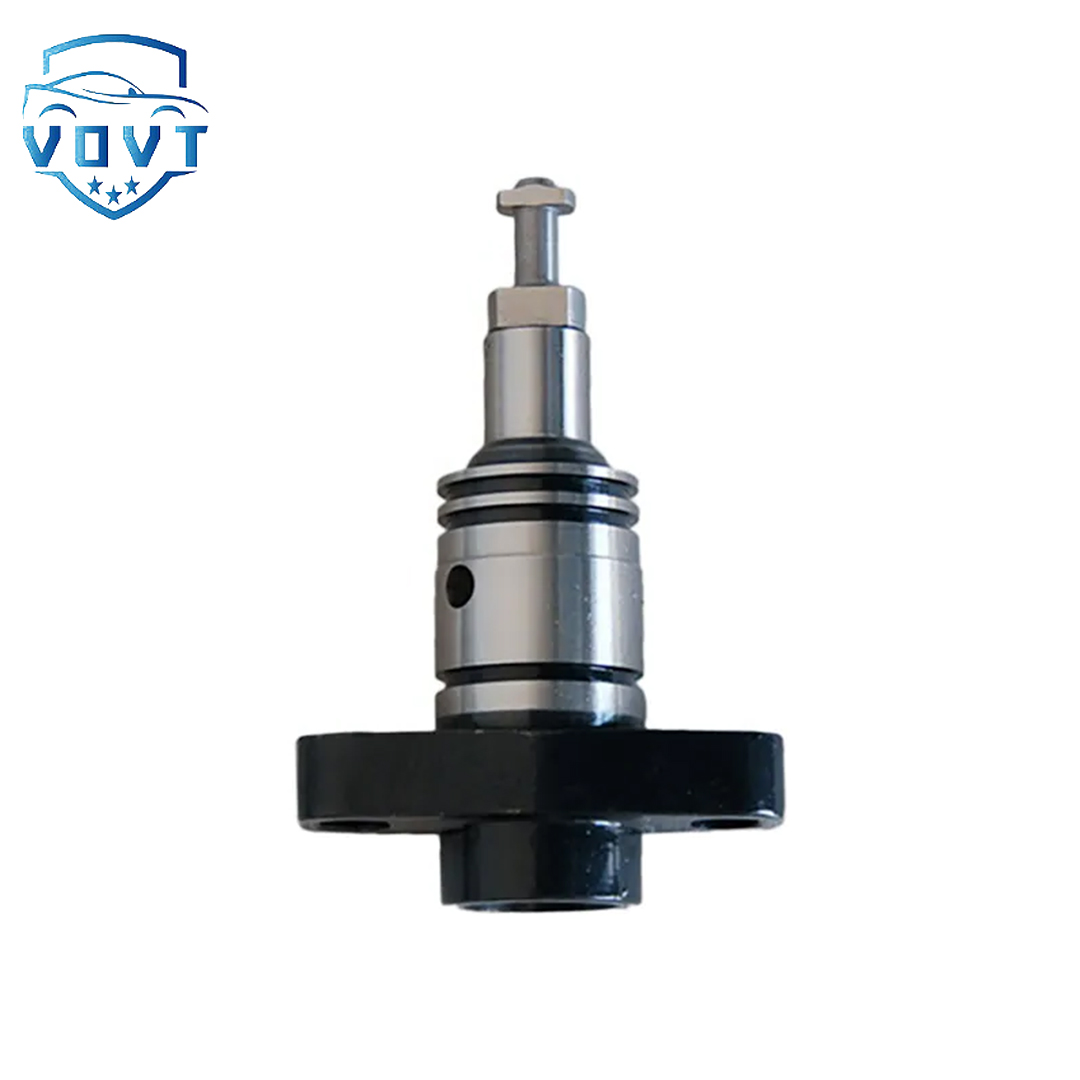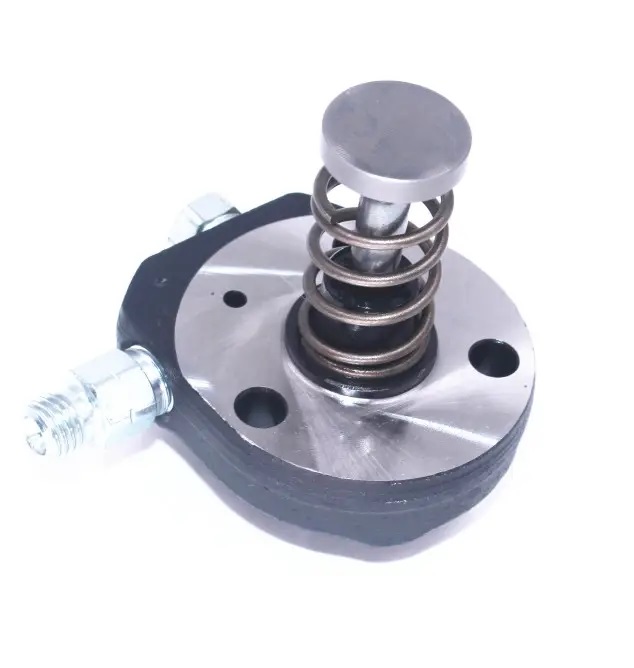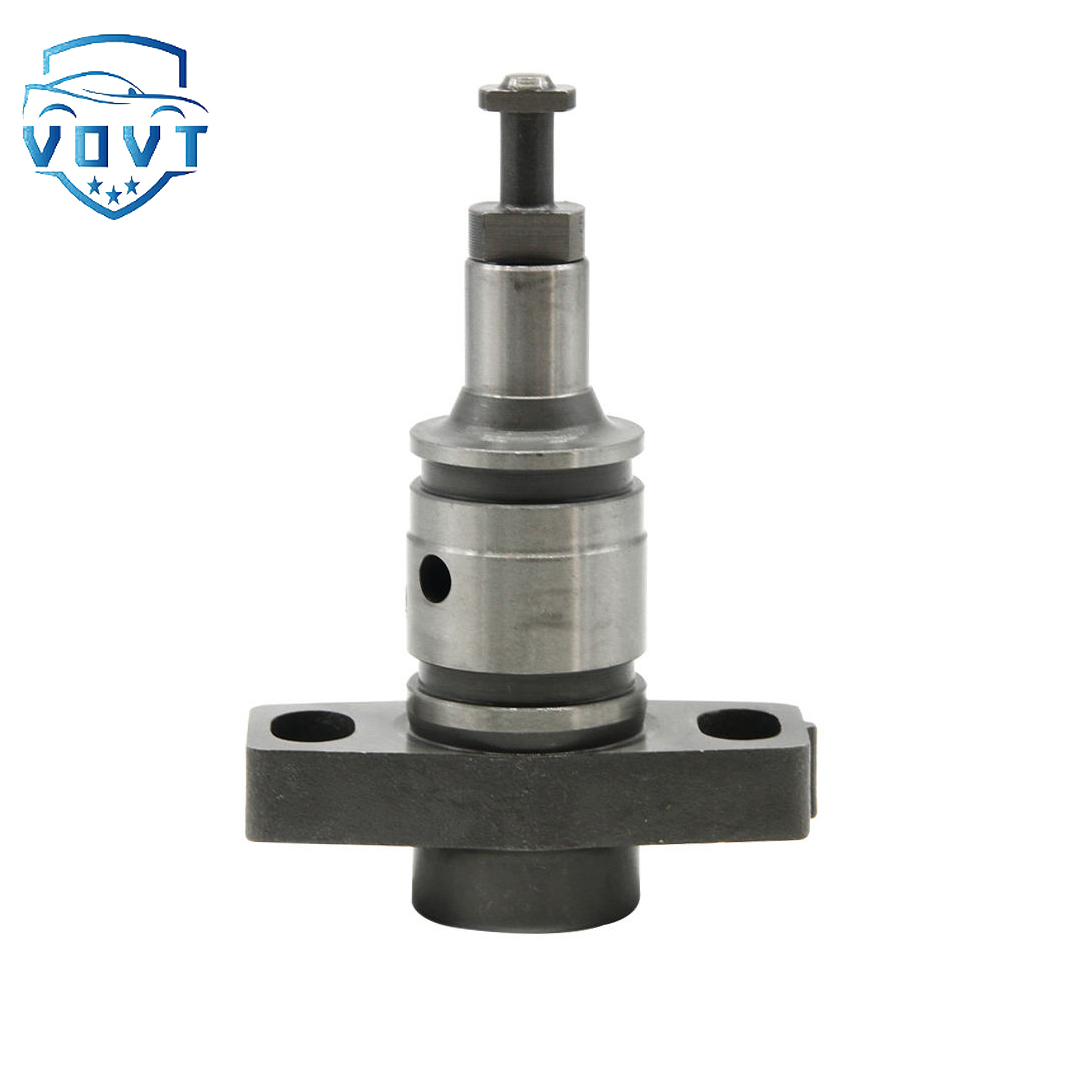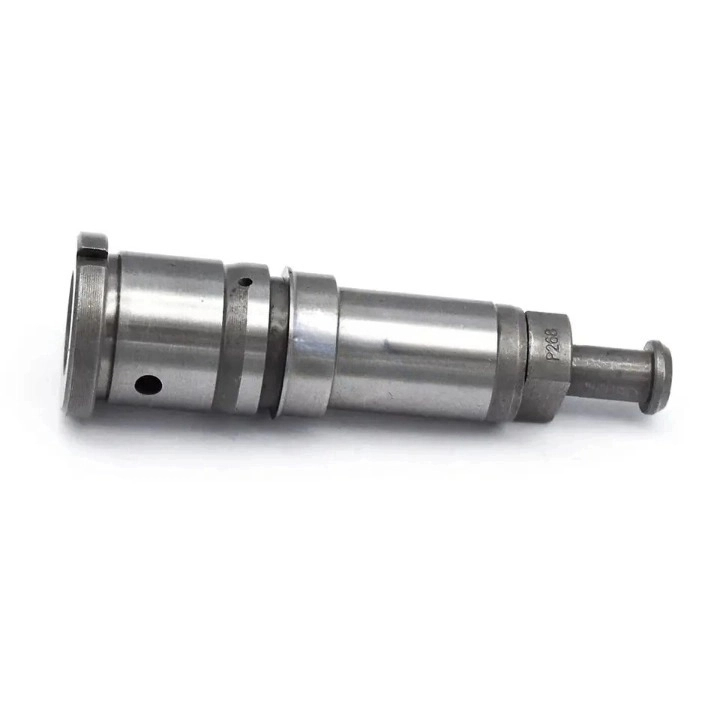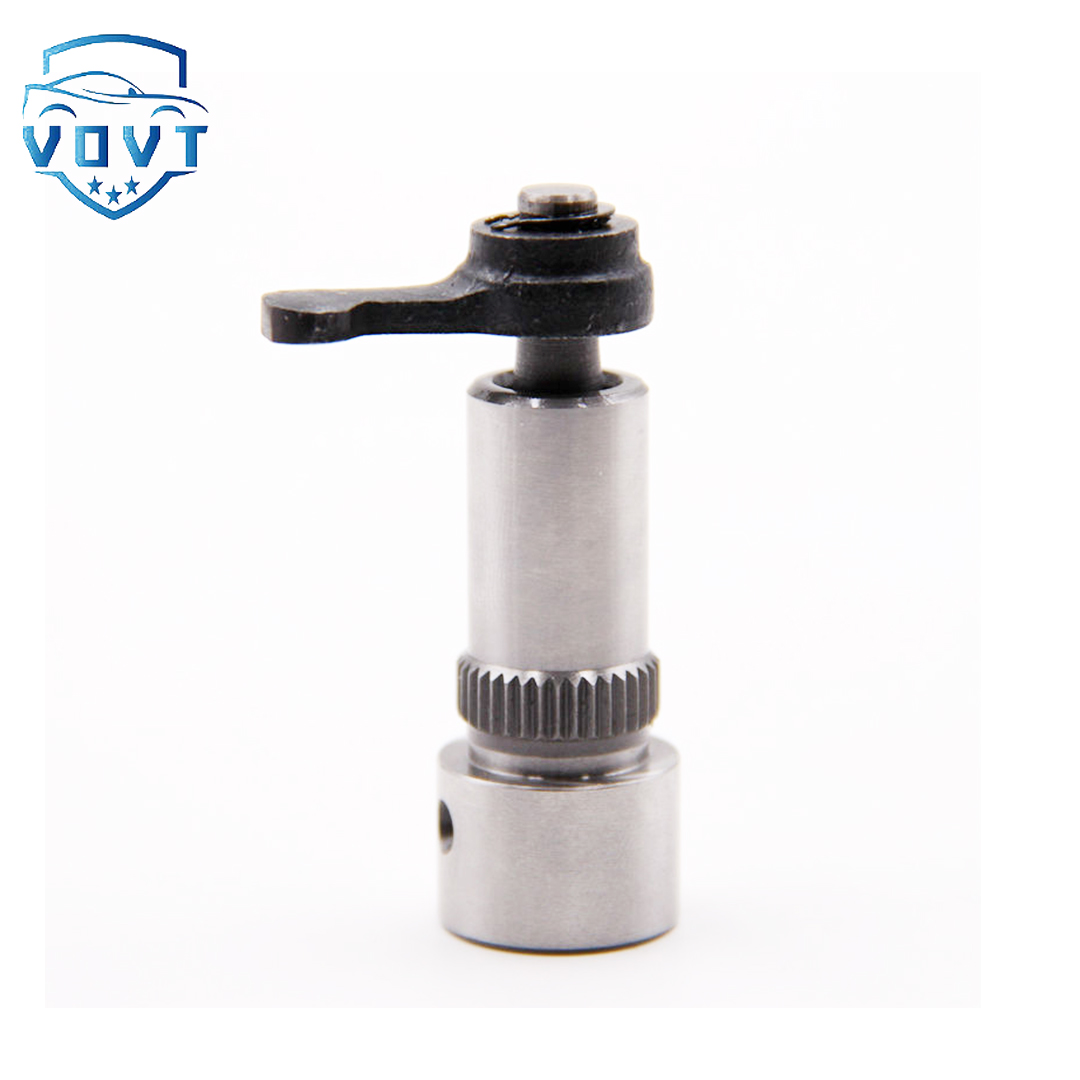Made in China Fuel Injection Pump Plunger P66 Pump Elements Engine Accessories
products description
| Reference. Codes | P66 |
| OE/OEM Codes | / |
| Application | / |
| MOQ | 5 PCS |
| Certification | ISO9001 |
| Place of Origin | China |
| Packaging | Neutral packing |
| Quality Control | 100% tested before shipment |
| Lead time | 7~15 working days |
| Payment | T/T, Paypal, Western Union or as your requirement |
What are the characteristics of the plunger material?
The material of the plunger usually needs to have multiple characteristics such as high strength, wear resistance, and corrosion resistance to meet its use requirements in different working environments and working conditions, as follows:
Mechanical properties
High strength: The plunger needs to withstand greater pressure and impact during operation. For example, in a hydraulic system, it may have to withstand pressures of tens or even hundreds of MPa, so the material should have higher yield strength and tensile strength to prevent deformation or fracture under high pressure, ensuring that the plunger can reliably transmit power and withstand loads.
High hardness: High hardness helps to improve the plunger's anti-deformation ability and wear resistance. For example, in the process of frequent contact and relative movement with components such as the cylinder body, maintaining a higher hardness can reduce surface wear and extend the service life of the plunger, while also ensuring matching accuracy and maintaining stable performance of the equipment.
Good toughness: The plunger may be subjected to instantaneous impact loads during operation, such as during engine startup and speed change, so the material needs to have good toughness, that is, have a higher impact absorption work to prevent brittle fracture under impact and be able to withstand a certain degree of deformation without damage.
Physical properties
Good thermal conductivity: During operation, the plunger will generate heat due to friction and other reasons. Good thermal conductivity can quickly dissipate the heat, avoid excessive local temperature of the plunger, prevent material performance degradation, lubrication failure, and thermal deformation, and ensure that the plunger works within the normal temperature range.
Low thermal expansion coefficient: Since the plunger usually has high matching accuracy requirements with other components, a low thermal expansion coefficient can ensure that the size of the plunger changes less when the temperature changes, maintain a reasonable gap with components such as the cylinder body, prevent problems such as jamming or leakage due to thermal expansion, and ensure the normal operation of the equipment.
Chemical properties
Corrosion resistance: The plunger may be exposed to various corrosive media, such as additives in hydraulic oil, industrial liquids containing acid and alkali components, etc., so the material must have good corrosion resistance to prevent the surface from being corroded and affecting performance and life, and to prevent rust or peeling caused by corrosion from entering the hydraulic system, causing blockage or increased wear.
Antioxidation: In an environment with high temperature and oxygen, the plunger material is prone to oxidation, which reduces the performance of the material. Good oxidation resistance can slow down the aging and performance decline of the material, extend the service life of the plunger, and ensure that it maintains stable performance during long-term use.
Other performance aspects
Good wear resistance: There is relative movement between the plunger and the cylinder body and other parts, and the contact pressure is large, which is easy to cause wear. Good wear resistance can reduce the wear amount on the plunger surface, maintain its dimensional accuracy and surface quality, reduce the possibility of leakage, improve the efficiency and reliability of the equipment, and reduce the frequency of maintenance and replacement.
Good processing performance: In order to be able to manufacture plungers that meet precision requirements and complex shapes, the material should have good processing performance, including machinability, forgeability, castability, etc., so that it is easy to process the material into the required shape and size through various processing techniques, such as forging, turning, grinding, etc., while ensuring processing quality and efficiency and reducing production costs.




















